Tips to Create and Edit Your Resume
A resume is an extremely valuable document that you will need throughout your life. Whether you’re applying to a job, internship, or college, the goal of your resume is to get you to the next step of the hiring/admission process. For any of these circumstances, it might be an interview. For college admission, it might just be getting a ‘yes’ from reviewers that sends you up the ladder.. With this in mind, there is a resume ‘formula’ that’s been proven to work.
Here we’ll walk you through some tips to keep in mind as you create and edit your resume. If you’d like some extra help, or to have an expert walk you through the process, give us a call today!
1. First Impressions Matter
Let’s start off with a potentially shocking fact: The average person only spends 20 seconds looking at a resume before deciding ‘yes’ or ‘no’ on the candidate. As such, first impressions really matter! The aesthetics of your resume can make a big difference. While there isn’t much opportunity to be creative, you can create an aesthetically pleasing resume by balancing text with whitespace.
For example, using both left and right alignment in setting up the heading for each of your experiences will give a balanced look to your document. Additionally, having the majority of your bullet points reach across the entire page will add to the balance and help to give a great first impression.

2. Consistency is Key
Another piece to the great first impression puzzle is formatting consistently throughout the entire document. If you decide to bold one section title, you need to both them all. If you decide to use capital letters for headings, commit to using them throughout the entire document.
Discrepancies in consistency can give the impression of carelessness – something that you would never want a hiring manager or admissions committee to think about you!
3. Strong Action Verbs
Not all verbs are created equally. Some are strong and powerful, provoking emotion and telling a story, while others fall short of creating much of a response. On your resume, you want to include as many of the former as you can.
For example, which of these sounds stronger as a resume bullet point for a barista?
- Made coffee, tea, and other drinks for customers in a fast-paced environment
Or
- Crafted ~40 different specialty beverages per hour, ensuring national standards for recipe quality were met
The second one, right? Technically, made and crafted can both mean the same thing, but crafted paints a whole different picture, showing beverage making as an art, rather than just going through the motions of pouring a cup of coffee.
Here’s a great list of strong action verbs from MIT.
4. Experience Doesn’t Have to be Paid
One of the biggest misconceptions about resume protocol is that everything that goes into your ‘Experience’ section needs to be paid work. First of all, this is untrue – breathe a sigh of relief! Especially for teens and younger twenty-somethings who might not have held employment, or may have worked part time babysitting, bagging groceries, or at the mall, you can use significant volunteer roles, leadership experiences, and unpaid internships in your ‘Experience’ section.
For example, if you were the president of a club in high school or college and led significant projects, you will most definitely want to share that experience and your accomplishments in your resume with bullet points.
Similarly, if your volunteer work involved planning events or long-term involvement, this is great to include in your ‘Experience’ section, too.
5. Quantify When You Can
Something that can take your bullet points to the next level by painting the most complete picture is quantification. With our example above, we saw how changing ‘fast-paced environment’ to ‘~40 beverages per hour’ left little to imagine about how quickly the writer was working. You should do the same in your resume as often as you can.
6. Avoid Personal Pronouns
We’ll keep this one short and sweet: Do not use personal pronouns anywhere on your resume! That means avoiding words like I, we, me, etc.
7. Be Prepared to Make Some Tough Decisions
Resume real estate is precious! The general rule of thumb is to shoot for a one-page document. There are some formatting tricks to help accomplish this, but, be prepared to make tough decisions in deciding what information to include in your resume.
Choosing exactly what the most important things to showcase are does depend a bit on what you are applying for, but, a good rule of thumb is to choose experiences and awards that showcase the skills that will be most important for someone in the role you’re applying for.
8. Get a Second Set of Eyes on Your Resume Before you Submit it
You’ve probably heard before that you should always have another person review your papers before you submit them, and the same is true for resumes! Our brain gets used to seeing our writing and can even fill in gaps for words that are missing, making us unlikely to pick up on typos, grammatical errors, and formatting mistakes. Asking a trusted expert (or even a friend) to read over your resume to check for consistency and proper grammar is always a good idea!













